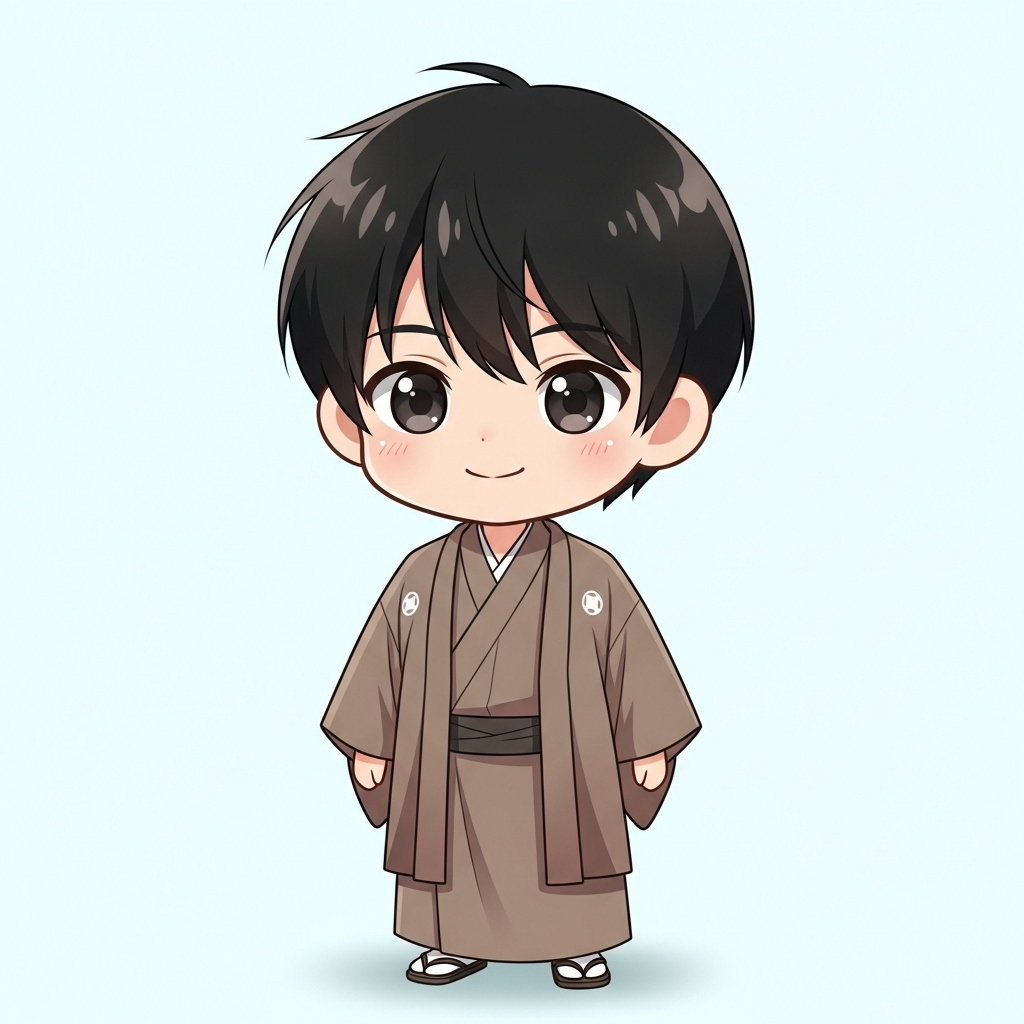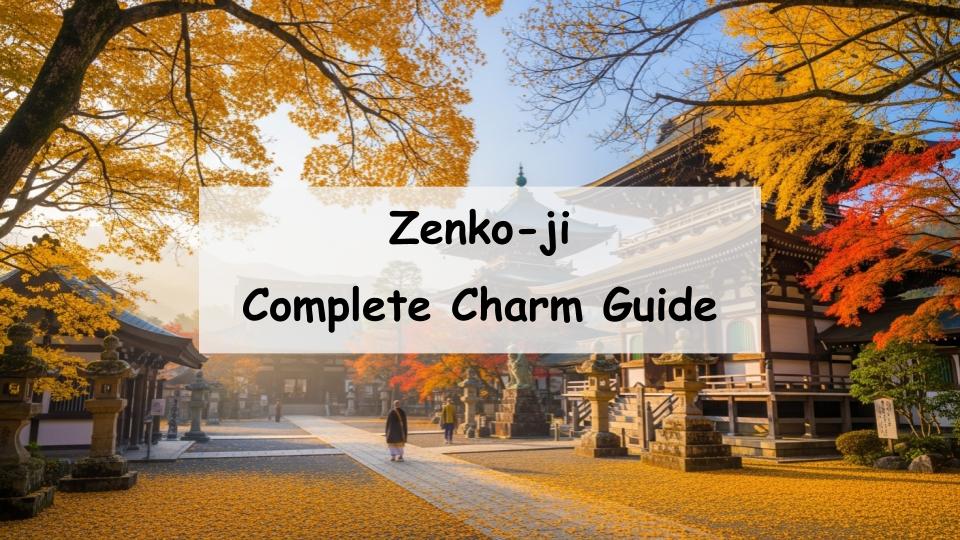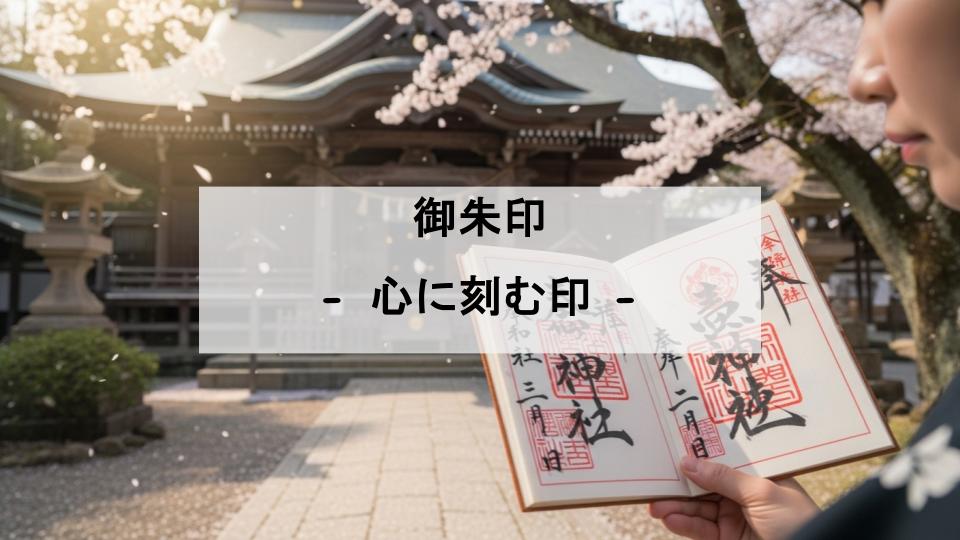“Zenko-ji Temple…what’s it all about? What are its main attractions, and how do I get there?” — If these questions have crossed your mind, you’re in the right place.
In short, Zenko-ji is one of Japan’s most historic temples, located in Nagano Prefecture. It uniquely welcomes everyone, regardless of sect, and draws visitors with its impressive statues and architecture. Whether you’re after sightseeing or spiritual discovery, Zenko-ji offers a rich experience.
In this article, we dive into the temple’s deep history and distinctive features, explore major attractions like the main hall and pilgrimage rituals, explain how to get there, and recommend nearby sights. Whether it’s your first visit or your fifth, this guide is packed with useful insights—so let’s explore together.
What Is Zenko-ji? History and Basics
Origins and Historical Background
Dating back to the 7th century, Zenko-ji Temple in Nagano City enshrines one of Japan’s oldest Buddha statues, the “Ikkō Sanzon Amida Nyorai.” Over the centuries—through the eras of warlords and shoguns—it has been rebuilt and revered, continuing its legacy as a major center of worship.
“Non-Sectarian” Meaning at Zenko-ji
Zenko-ji is notable for being non-sectarian: not affiliated with a single Buddhist school. Rooted in both Pure Land (Jōdo) and Tendai traditions, this open embrace allows people of any background or belief to visit and pray, fostering a welcoming spiritual atmosphere.
The Principal Image: Ikkō Sanzon Amida Nyorai
The temple’s principal image, the “Ikkō Sanzon Amida Nyorai,” is considered a national treasure and is kept hidden from public view. Rarely displayed, the statue is revealed only once every seven years during the grand “Gokaichō” ceremony, drawing massive crowds hoping for a glimpse.
Highlights of Zenko-ji That You Must See
The National Treasure Main Hall
The main hall of Zenko-ji, reconstructed in the mid-Edo period, is designated a national treasure. Its majestic wooden architecture is among the largest in the country, with richly colored interiors that convey centuries of devotion and craftsmanship.
The Okaidan Meguri (Pilgrimage Beneath the Altar)
Beneath the main hall lies the “Okaidan Meguri,” a completely dark corridor where pilgrims feel their way to the “Rokkaku no Jonen,” touching it for spiritual connection. It’s a symbolic journey of rebirth—an unforgettable, uniquely Zenko-ji experience.
Gate, Bell Tower, Sutra Repository, and More
Zenko-ji’s grounds offer more than the main hall. The impressive Niō-mon gate, the sturdy bell tower, and the revolving sutra repository (kyōzō) each hold historical and architectural significance, inviting exploration beyond the central shrine area.
Goshuin (Temple Seals) and Omamori (Amulets)
Zenko-ji’s calligraphic goshuin, featuring bold “Zenko-ji Nyorai” characters, are prized by seal collectors. The temple also offers a variety of omamori—amulets for protection, safe childbirth, traffic safety, and more—perfect as meaningful souvenirs or spiritual keepsakes.
Annual Events & Festivals at Zenko-ji
Gokaichō: The Seven-Year Buddhist Display
“Gokaichō” is the most significant event at Zenko-ji, occurring once every seven years. This is when the hidden principal image is revealed and the “Ekokyū Hashira” column is touched to forge a karmic connection. The temple buzzes with emotion as thousands gather to witness this rare occasion.
New Year’s Prayers, Setsubun, and Seasonal Ceremonies
Zenko-ji hosts various ceremonies throughout the year—New Year’s first prayers (hatsumōde), bean-throwing on Setsubun, and spring and autumn memorial services. These events offer opportunities to engage with local tradition and community spirit.
Local Markets and Temple Grounds Activities
Occasional temple markets along the approach feature antiques and local crafts, offering a chance to explore and shop. Sampling regional specialties or selecting handmade souvenirs makes a walk around the temple even more rewarding.
How to Visit Zenko-ji and Navigate the Shrine
Getting There by Train, Bus, or Car
Zenko-ji lies about a 20-minute walk or a 10-minute bus ride from Nagano Station, which is approximately a 90‑minute ride on the shinkansen (bullet train) from Tokyo. Drivers can reach the temple via the Nagano or Suzaka-Nagano East interchanges on the Joshin-Etsu Expressway.
Parking Options Near the Temple
Several paid parking lots near the temple make visiting by car straightforward, even during busy times. Additional coin-operated parking spaces are available nearby, ensuring flexibility for drivers.
Suggested Visit Duration and Order of Exploration
Plan to spend roughly 1–2 hours at Zenko-ji. A recommended route starts at the Nio-mon Gate, proceeds to the Main Hall, continues to the Okaidan Meguri, and ends with goshuin collection—an efficient, visitor-friendly itinerary.
Other Attractions Near Zenko-ji
Dining and Café Choices Around Nagano Station
After visiting the temple, enjoy Shinshu soba noodles or oyaki (stuffed dumplings) near Nagano Station. The area blends traditional eateries with modern cafés—perfect for any palate.
Cultural Stops: Castle Hill Park & Art Museums
Close to Zenko-ji are green spaces like Castle Hill Park and venues like the Nagano Prefectural Art Museum. These cultural sites are ideal for leisurely walks and immersion in local art and nature.
Temple Lodging and Hot Spring Options
Visitors can stay at temple lodgings (shukubo) and participate in morning rituals. Nearby hot spring resorts offer soothing baths—an ideal way to unwind after a spiritual day at Zenko-ji.
Insider Tips to Enhance Your Zenko-ji Visit
What Is the Seven Lucky Gods Pilgrimage?
A local tradition includes visiting shrines of the Seven Lucky Gods scattered near Zenko-ji, collecting goshuin stamps along the way. It’s a lighthearted spiritual adventure that many visitors enjoy.
Multilingual Support Available
Zenko-ji provides multilingual signs and pamphlets in English, Chinese, and other languages to accommodate international visitors. The inclusive signage ensures a comfortable and informed experience.
Recommended Visiting Times and Crowds
Early mornings (especially between 7–9 AM) are best for peaceful visits with minimal crowds. Weekends, holidays, and especially Gokaichō years are busiest, so mornings on weekdays are ideal for a serene experience.
A Message from the Guide

It was a temple that left a lasting impression with its serenity and grandeur.








Comment